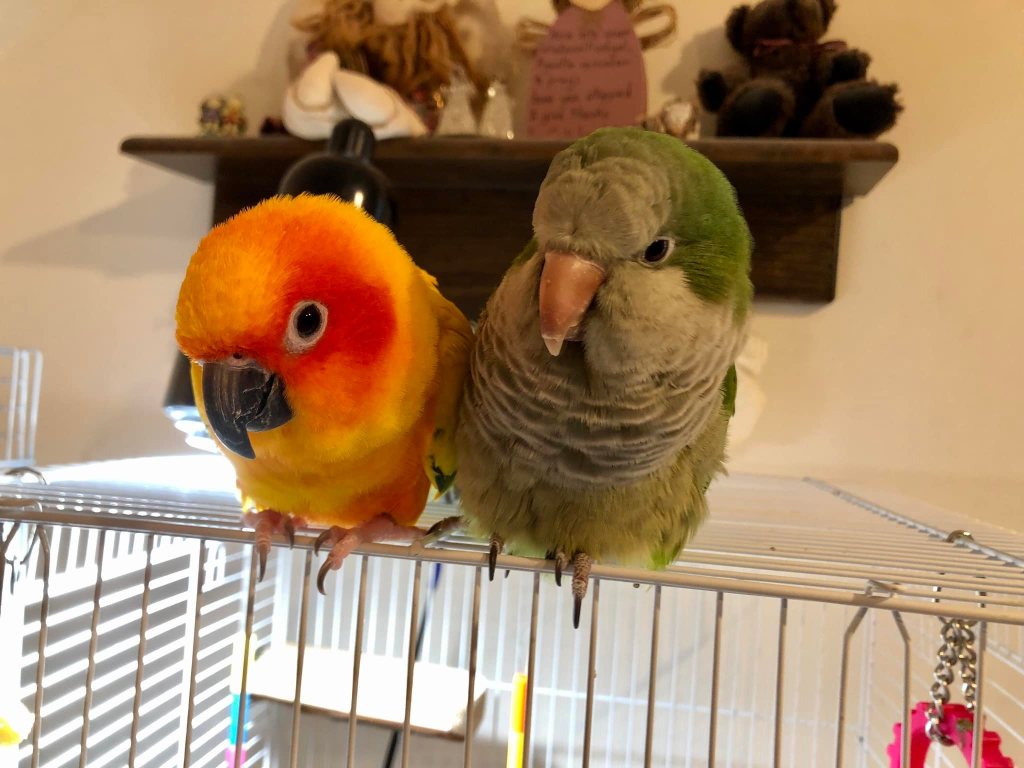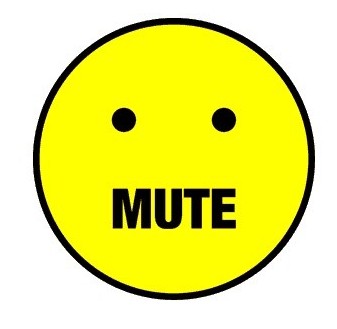 Being in quarantine has given me much time to think about many things. For starters, I had to review my life once again and all my shortcomings, which is never fun. I am indeed a sinner, but prior to the outbreak of COVID 19, I always had three great weapons to help me on the battlefield. You know that we are at war you know, don’t you? St Paul tells us this in Ephesians 6:12:
Being in quarantine has given me much time to think about many things. For starters, I had to review my life once again and all my shortcomings, which is never fun. I am indeed a sinner, but prior to the outbreak of COVID 19, I always had three great weapons to help me on the battlefield. You know that we are at war you know, don’t you? St Paul tells us this in Ephesians 6:12:
For we are not contending against flesh and blood, but against the principalities, against the powers, against the world rulers of this present darkness, against the spiritual hosts of wickedness in the heavenly places.
We face evil on a daily basis. Where does evil come from? Satan, the great deceiver, and the fallen angels. Principalities and powers refer to two of the nine choirs of angels, but in this passage from Paul’s letter to the Ephesians, he is referring to the two out of the nine choirs of fallen angels or demons. The hierarchy of the fallen angels mirrors the hierarchy of the angels in heaven.
This battle against evil is known as spiritual warfare and as a Catholic, I once took for granted the three greatest weapons I had to help me fight in battle: the Eucharist, the sacrament of Reconciliation and the Rosary. Since the outbreak of COVID 19, our churches have closed and I have not been to Holy Mass since March 8th. I have not gone to reconciliation since February 29th. And while I pray the Rosary daily, I still can’t shake off the effects of not being able to receive the sacraments.
The Eucharist is the source and summit of the Catholic faith. Many times it has been said to me: “You don’t need to be in a church to pray to God.” Of course, I don’t. However, it is not the church building itself that I miss so much. It is Holy Eucharist: the body and blood, soul and divinity of Our Lord Himself. At every Mass, Jesus comes to us in the Eucharist and we have the chance to receive Him. It is probably the most intimate moment that a Catholic can experience spiritually, and now it’s gone.
And then there is confession. Many have said to me, “Jen, just go to God directly,”
Our blessed Lord gave his apostles, who were the first priests and Bishops of the Catholic Church the ability to forgive sins. John 20:21-23 states:
Jesus said to them again, “Peace be with you. As the Father has sent me, even so I send you.” and when he had said this, he breathed on them, and said to them, “Receive the Holy Spirit. If you forgive the sins of any, they are forgiven; if you retain the sins of any, they are retained.”
Jesus forgives our sins through his minister, the priest and when one goes to reconciliation, we not only receive forgiveness for our sins, but we also receive spiritual counsel, healing and the grace needed to resist sin in the future. Many do not realize that the Sacrament of Reconciliation, like the Anointing of the Sick, is a sacrament for healing.
A couple years ago, I attended a lecture on spiritual warfare. The priest likened confession to an exorcism. That was pretty powerful stuff, but it’s true. The Sacrament of Reconciliation repairs the soul of damage due to sin. When we sin, we become wounded and become more valuable to demonic influence. Sin separates us from God and without God, we are weak. How can we expect to win a battle if we are weak?
I would not say that I have lived the most difficult life, but then again, my life has not been easy either. However, no matter how bad things got, there was always a constant force in my life that gave me strength, a force that never changed or deserted me. That great force is not something but someone. That someone is Jesus Christ, and while I know He is with me always, He is with me in the most special and most intimate of ways through His sacraments, which He insisted on the church He founded 2,000 years ago.
I was very upset when the churches closed back in March. Yes, I understand we are in the midst of a health crises, but for as long as I can remember, we have always been in a spiritual crisis. The older I get, the more and more I see us move further away from God. With churches closed and no access to the sacraments, Satan has us right where he wants us.
I find the world responds to this virus to be very interesting given that we cannot see it. Sure, we have seen the effects of the virus, but has anyone seen the actual virus with the naked eye? I have not, and yet we have allowed this invisible enemy to govern how we live. We have given up our civil liberties all in the name of something we cannot see.
I often wonder what it would be like if we could take God as seriously as we take this virus. I cannot see God; however, I can see the effects of His presence or lack thereof among people’s lives. We as a society have driven God away from our schools, our government, our culture and even out of the lives of our children. We have replaced God with false idols such as fame, power, money and sex. We have become our own gods and have taken up the motto: “If it feels good, do it.” What was once considered good is now evil and what was once considered evil is now good.
What would happen if people responded to God’s authority and majesty in the same way they respond to a virus? Wouldn’t that be interesting? When it comes to the virus, we fear for our lives. We are afraid of getting sick and dying. What about spiritual sickness and death? If we have a supernatural end, isn’t that essential to our wellbeing? Yet today it is not considered to be essential in the eyes of most people.
During the early church, many people gave their lives to practice and defend the faith. They were dealing with enemies they actually could see. They knew that they would most likely be killed and yet they were willing to die for the sake of Truth and the Gospel. Despite the evils that would befall them, they continued to persevere and carry out their mission of spreading the Gospel.
Today we face an unseen enemy and need God’s grace and mercy now more than ever. Why? Because we cannot fight this battle on our own. This is a wakeup call to show us how vulnerable we truly are. It is a call to repentance. God is the source of all things, which includes our very existence. Do we not owe it to our Creator to turn our hearts back to Him?










 that I have not written since February, but if I could summarize the last few months, one word comes to mind. You guessed it! Laryngitis.
that I have not written since February, but if I could summarize the last few months, one word comes to mind. You guessed it! Laryngitis.
Recent Comments